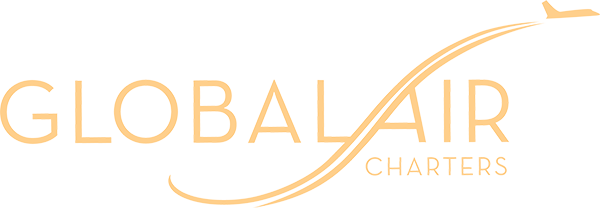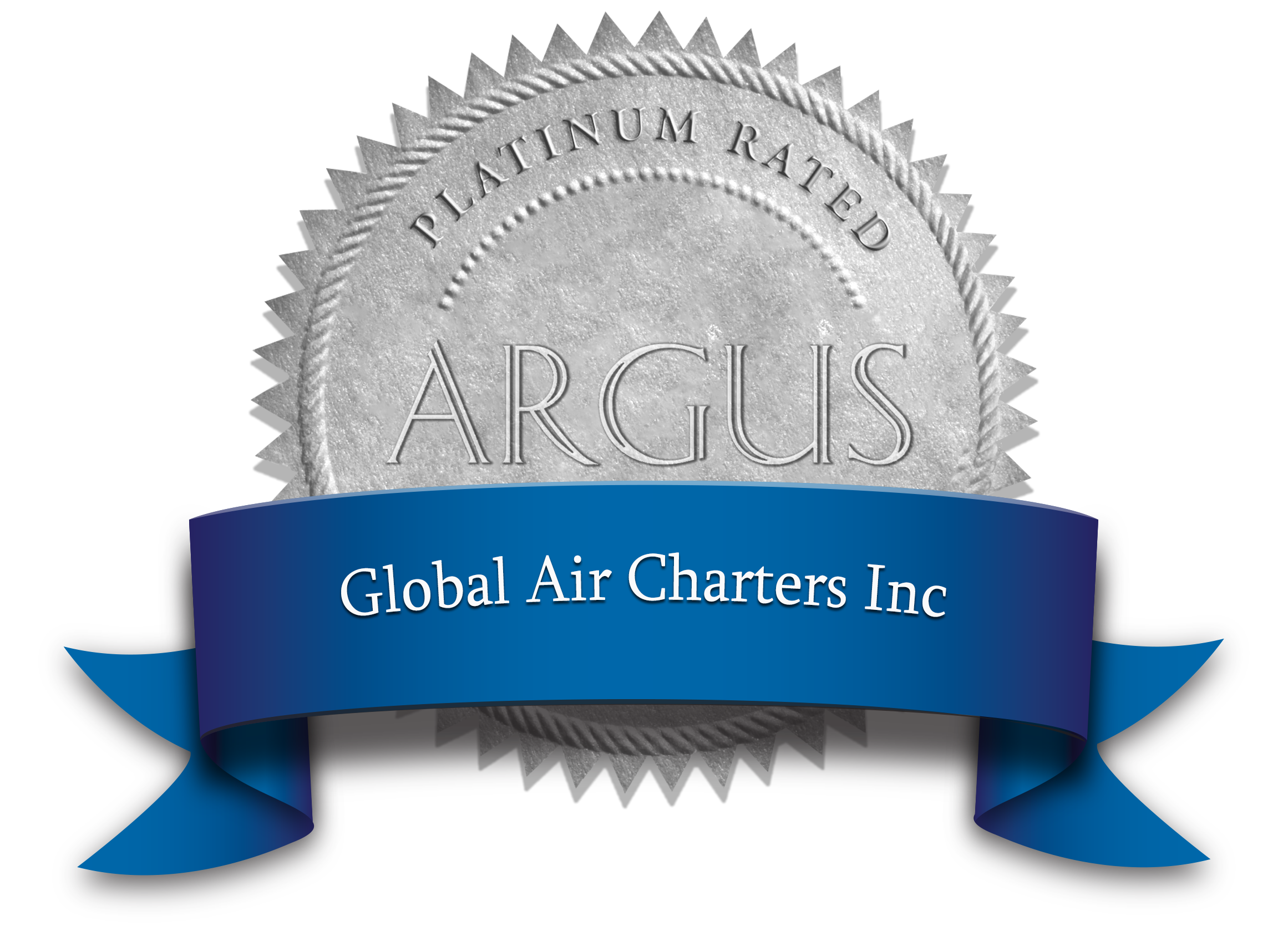
Here are three simple steps to avoid an unscrupulous operator
Years of federal regulatory changes and enhanced safety standards have made today’s private charter market a safe and level playing field. Nothing taints an entire industry, however, quite like bad actors who find illegitimate loopholes to bring a subpar product to the market.
The FAA invests significant resources to identify and shut down illegal charters, but it’s not so simple to keep them off the market. “It’s like playing Whack-A-Mole,” says Global Air Charters Director of Operations, Paul Rodsjo. “When the FAA shuts an illegal charter operator down, another can pop up somewhere else overnight.”
We’d like to give our new brokers and clients some insight into illegal charters and a few steps that can be taken to help ensure you avoid them.
What Makes a Charter Operation Illegal?
There are several common ways that operators try to skirt the regulatory steps required to run a legitimate charter operation. One of the most prevalent tactics is to take an aircraft under joint or fractional ownership and offer it up for charter to the public by word of mouth or limited advertising to select markets.
In simpler terms, an aircraft that is meant for private use by its ownership group becomes available to the public when it shouldn’t be.
Another method to skirt the regulations is flying passengers aboard aircraft that are out of maintenance inspection currency. Not only is this a dangerous practice, but it also abuses the trust that paying clients put into their aircraft operators.
On-demand charter operations like ours are subjected to more stringent safety regulations to ensure the integrity and longevity of the industry. A good first step to take when choosing a US-based operator is to search for their name in the FAA directory of licensed charter operators.
How to Spot an Illegal Charter
If you choose to go alone without a broker into the private charter market, it’s vital that you do it carefully. Reputable jet brokers are trained to spot the red flags that point to suspicious operations in the charter market.
One of the most apparent indicators of an illegal charter is price points more than 30% below market value for flights that are not sold as repositioning legs. Always be wary when you receive a quote for a flight that is significantly below what other competitors offer for the same flight. If you engage with a shockingly low quote, ask for the operator’s FAA charter certificate and cross-check it against the directory linked above.
The second step in avoiding illegal charter operations is to understand fractional jet ownership and why non-members aren’t allowed to pay for flights aboard these types of operations. Part 91 fractional ownership can be a good alternative to owning a private jet outright, but it can still be a cost-prohibitive venture for many.
To offset their jet ownership costs, certain individuals have offered “try before you buy” one-way flights to non-owners at prices well below market value. This is an illegal charter situation, no matter how it gets spun.
Our third recommendation to avoid illegal charter operations is to search for firms with a strong industry and online presence. Legitimate companies are almost always plugged into the private charter community and market in some form or another.
We all strive to be visible to potential clients, brokers, safety consultants, and regulatory bodies. If you or other private jet fliers in your circle haven’t heard of the operator, it’s a sign that you should dig a little further before booking a flight.




